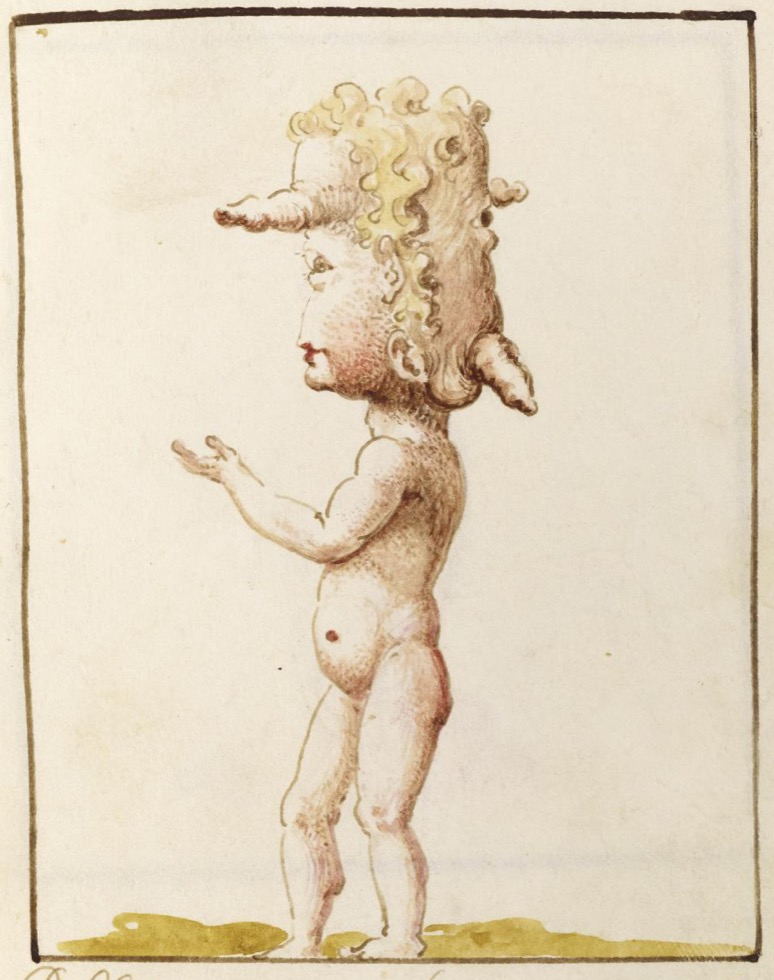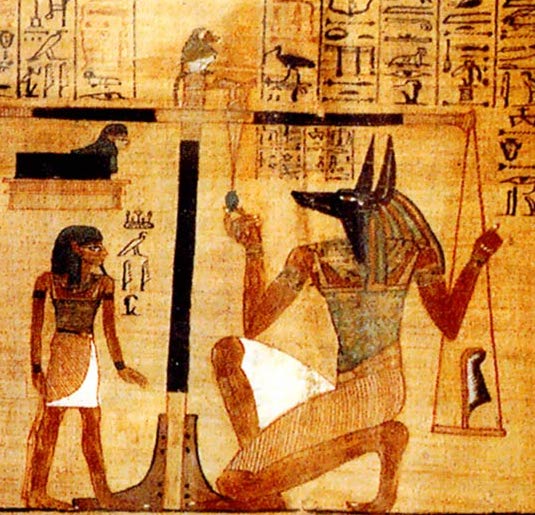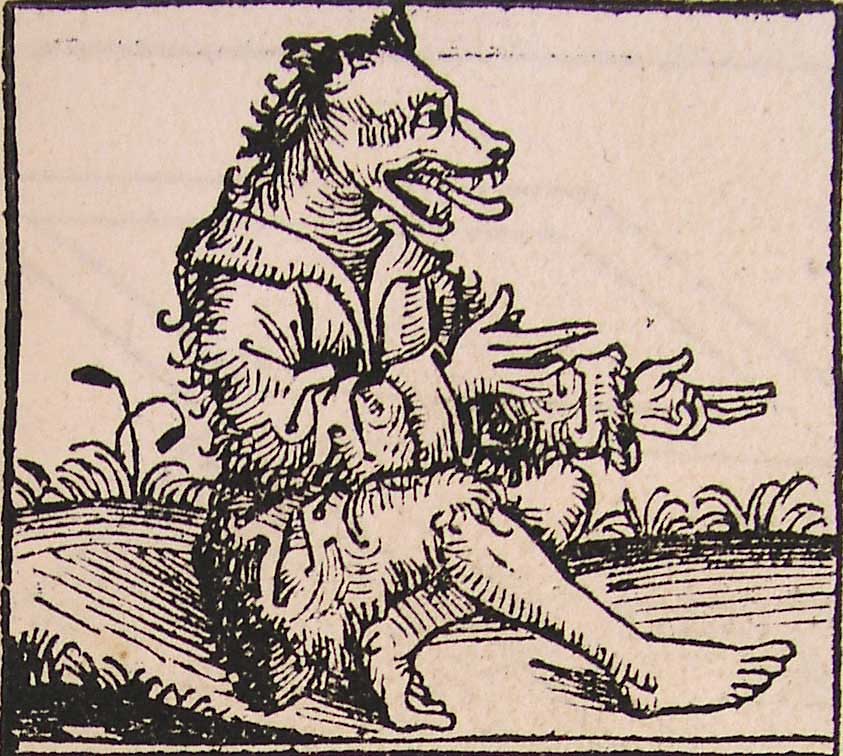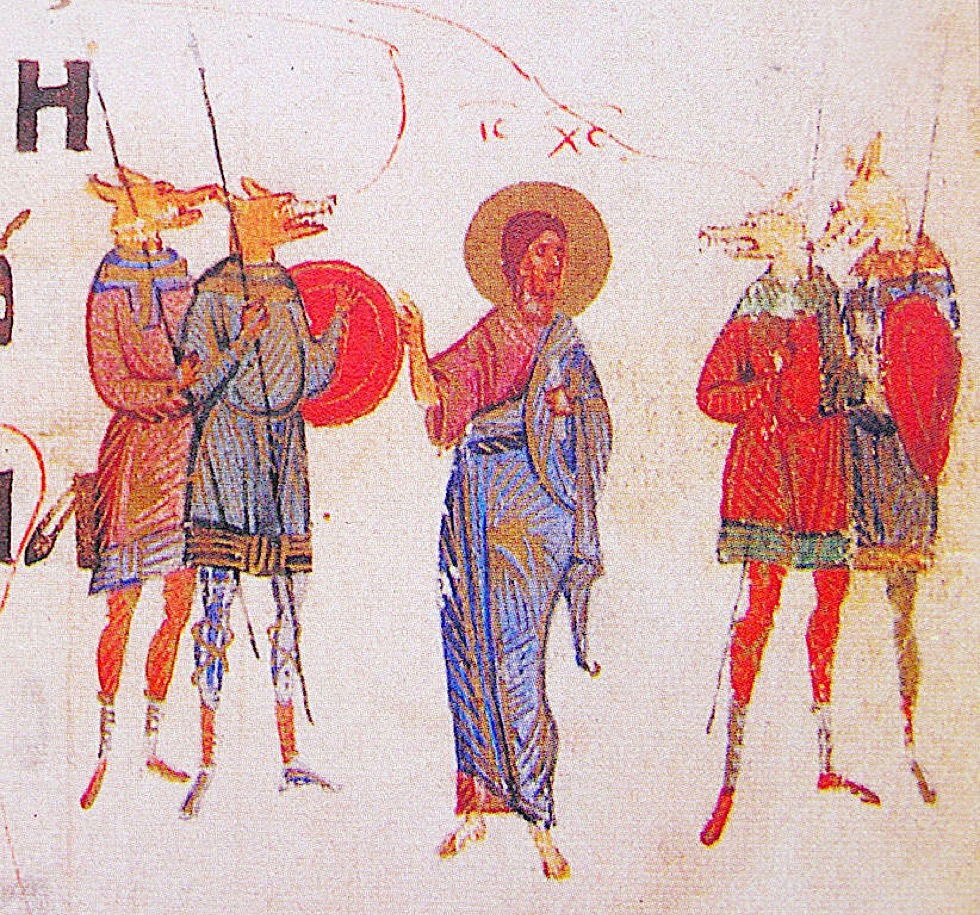
The Italian manuscript Lusus naturae, Human and Natural Monstrosities, 18th Century, contained 54 watercolor illustrations of beasts and men with medical conditions or deformities, along with unworldly creatures. Source: John Rylands Library



The Italian manuscript Lusus naturae, Human and Natural Monstrosities, 18th Century, contained 54 watercolor illustrations of beasts and men with medical conditions or deformities, along with unworldly creatures. Source: John Rylands Library

Cynocephaly or “having the head of a dog” is a characteristic found in many mythological and folklore traditions across the world, such as ancient Egypt, India, Greece, and China. These humanoid, dog-headed beings were often described by travelers coming back from far off lands. Images: Saint Christopher by Anonymous, 17th Century | The Egyptian Book of the Dead, 1550 BCE | Kievan Psalter by Unknown, 1397 | Man with dog head by Hartmann Schedel, 1493.



